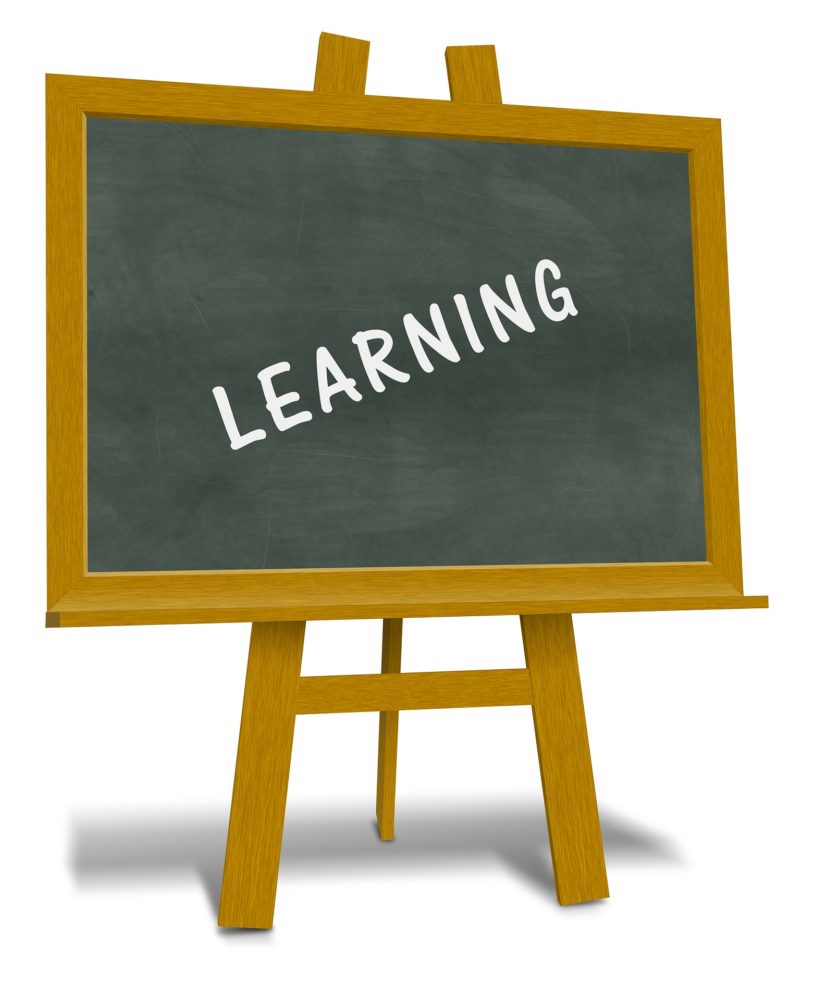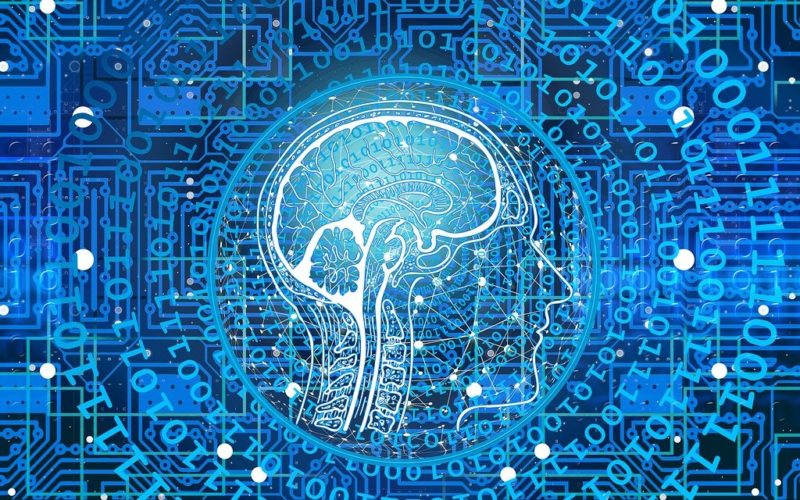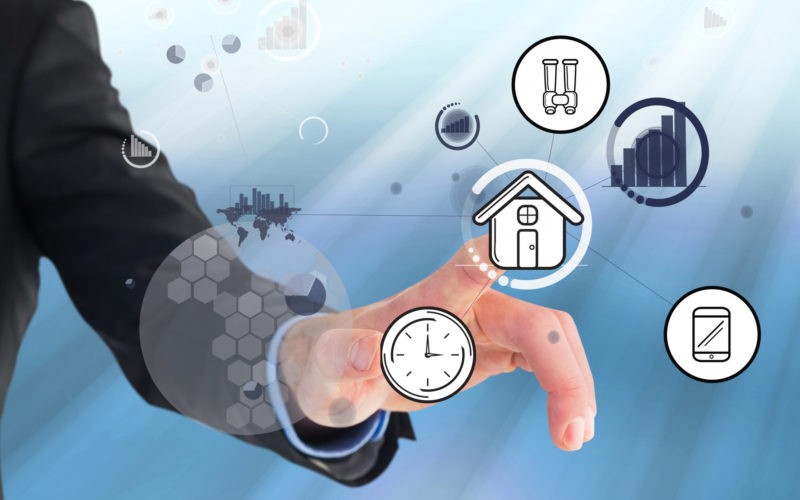Strong workforce performance depends on how effectively people learn and adapt. In most organizations, that’s becoming harder as technology, processes, and expectations evolve faster than traditional training can handle.
A Learning Management System (LMS) provides the structure and flexibility needed to keep learning relevant. It centralizes training, tracks progress, and connects learning outcomes directly to business goals.
In this article, we’ll look at how the right LMS can help your organization improve performance, boost productivity, and build a culture that’s always ready for what’s next.
1. LMS is essential for workforce optimization
An LMS is no longer just about delivering courses. It has become a core part of how organizations build capability and respond to change. When learning is integrated into everyday work, teams adapt faster and perform better because the tools and knowledge are already within reach.
A well-implemented LMS streamlines training, reduces duplication, and keeps content aligned with business goals. The real value comes from its data. With clear insight into skill gaps, completion rates, and performance trends, leaders can make informed decisions about where to invest in development and how to keep their teams competitive.
2. Personalized learning paths for every employee
One of the greatest strengths of a modern Learning Management System (LMS) is its ability to deliver personalized learning experiences. Every employee has unique strengths, weaknesses, career goals, and learning preferences, so a one-size-fits-all approach to training simply won’t work.
Through AI-driven recommendations, an LMS can create customized learning paths that adapt to each employee’s role and performance.
Personalized learning paths make sure that employees receive the right training at the right time. For instance, new hires might follow onboarding modules designed to build up their basic skills, while experienced staff can focus on leadership or specialized tech training.
Personalized learning helps employees in skill development and gives them a sense of ownership and motivation, turning everyday training into a strategic tool for long-term career growth and organizational success.
3. The link between performance and continuous learning
Employee performance is no longer just about experience; it’s about the ability to learn, adapt, and innovate continuously. Continuous learning makes sure that employees stay updated with new technologies, industry trends, and evolving job demands.
An LMS makes this ongoing development possible by providing easy access to up-to-date training materials and performance feedback. In order to implement effective learning strategies, companies can explore different platforms that support personalized and continuous learning. For instance, you can start out and learn LMS from Kallidus to get started with a system designed to optimize workforce performance.
Learning isn’t a one-time process but a continuous event, and when done properly, it allows employees to solve problems much faster. This directly improves overall productivity and job satisfaction. 94% of employees would stay longer at a company that invests in their professional development.
Furthermore, managers can use LMS data to monitor learning progress and its impact on performance metrics, making sure that training efforts align with organizational goals. In short, continuous learning creates a cycle of improvement where knowledge drives better performance and inspires employees to develop their skills further.
4. Improving productivity with on-demand training

Let’s be honest, today, almost everyone is busy, and employees can’t afford to wait for classroom sessions to gain new skills. On-demand training excels because it allows employees to access courses, tutorials, and other learning resources whenever and wherever they need them.
By allowing employees to learn at their own pace, organizations can cater to different learning styles. In other words, on-demand training also empowers employees to take ownership of their career growth, which helps them avoid burnout and keeps them motivated every day.
Ultimately, integrating on-demand training into workforce development not only improves individual performance but also improves the organization’s productivity.
5. Tracking progress and measuring performance with analytics
An LMS does more than deliver training, it provides powerful analytics tools that help organizations track learning progress and measure performance for all team members.
By collecting data on course completion rates, engagement levels, and assessment scores, managers gain clear insights into how employees are performing, which skills need to be improved, and how training impacts overall productivity.
These analytics allow data-driven decisions, which help organizations build their learning programs, such as checking for skill gaps and where improvements need to be made. Of course, you can never know if you and your team are going in the right direction or not unless you measure performance.
6. Strengthening employee retention through learning culture
Employee retention is one of the biggest challenges organizations face nowadays, and one of the most effective solutions to solve this problem is by building a strong learning culture. When employees feel supported in their professional growth and see clear opportunities to develop new skills, they’re far more likely to stay loyal in the long term.
A Learning Management System (LMS) plays an important role in creating this culture by making learning accessible at all times.
This not only makes employees feel more confident and motivated, but also helps them stay longer in the company. When businesses invest in learning, people feel valued and part of something bigger, turning training into a simple way to keep a strong, loyal team.
7. Integrating LMS with HR and performance systems

HR and performance systems touch many aspects of an organization, such as managing employee records, payroll, benefits, and compliance. Also, it helps in managing the entire employee life cycle from recruitment to training, learning and development, all the way to exit policies.
That being said, HR metrics are used to track people systems and policies to make accurate reports and recommendations to the management team.
While there are a lot of policies, integrating strategic systems makes it much easier for HR to not only optimize its large tech stack, but also automate some processes and gain data from the shared data.
Some benefits of LMS integration with HR and performance systems include:
- Reduced data errors
- Improved reporting systems
- Tracking learning progress
- Personalizing training for an improved user experience
- Gaining better return-on-investment (ROI) from HR
8. Choosing the right learning management system (LMS)
Choosing the right Learning Management System (LMS) is an important step in optimizing your workforce performance and achieving long-term training success. With so many platforms available, organizations need to delve deeper into the process rather than just examining basic features and focus on finding an LMS that aligns with their workforce size, learning culture, and goals.
The ideal system needs to be user-friendly and equipped with personalization options, strong analytics, and integration capabilities. Additionally, consider how well the LMS integrates with existing HR or performance management tools to make sure the user experience is always good and optimized.
Choosing the right LMS will impact your long-term work performance, so this is a decision you should make carefully instead of rushing through it.
The future of workforce development
The future of workforce development is being shaped by quick tech advancement, evolving job opportunities, and a growing interest in continuous learning. As automation, AI, and remote work redefine the modern workplace, organizations need to prioritize how their team adapts and develops their personal and professional skills.
With an LMS, employees can learn at their own pace and pick up new skills that match their personal and professional goals. It also helps businesses keep up with changes in technology and work trends. As AI and data tracking get better, LMS platforms will offer smarter learning paths and real-time feedback.
Ultimately, the organizations that invest in forward-thinking learning strategies will be the ones best positioned to build high-performing teams ready to meet the demands of tomorrow’s workplace, and LMS will be there to help people grow and stay ready.
Optimizing workforce performance is no longer just about managing people
Definitely not, it’s about empowering them to learn, grow, and perform at their best. A Learning Management System (LMS) serves as the foundation for this transformation, turning training into a continuous and engaging process that drives real business outcomes.
LMS gives employees the chance to learn at their own pace and stay ready for change. For all organizations, it makes it easier to track progress, spot new talent, and improve performance.
In the end, investing in an effective LMS isn’t just about improving training; it’s about building a smarter, stronger, and more adaptable workforce for the future where everyone feels valued and motivated to do their best.












